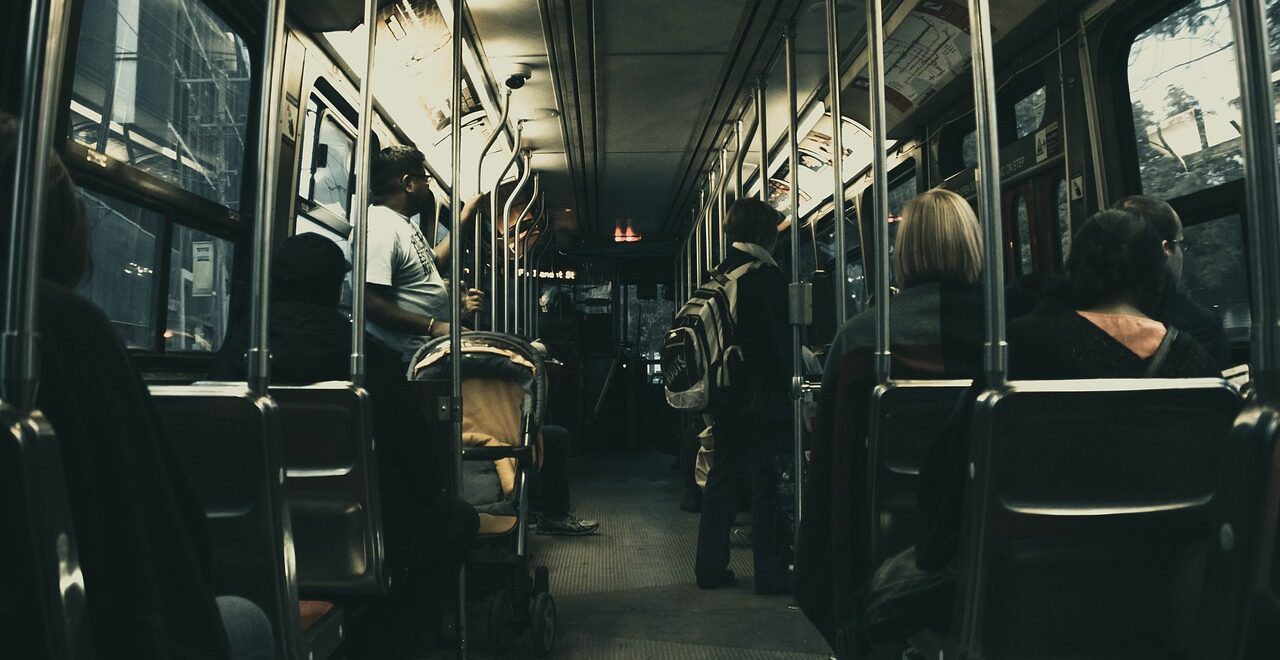Transportation problems are a big issue for people who have been in jail or have mental or substance abuse issues, especially when they are trying to reintegrate into society after being in prison.
When people come back from prison, they have many problems with staying safe, getting help, and following the rules.
These difficulties can get worse if they don’t have enough transportation.
Research shows that if someone has difficulty with transportation, they are more likely to face other difficulties like not having a job, not having enough food, not having a place to live, and other problems.
People who have been in jail or prison and are trying to rejoin their community often have difficulties with transportation.
These difficulties can be described as the “five As”: affordability, accessibility, applicability, availability, and awareness.
Many people in this situation don’t have enough money to own a car or use public transportation.
People who have been to prison may not have the right identification to get a driver’s license.
They might also have done something wrong, like driving under the influence, which stops them from being able to drive a car even if they own one.
These people might qualify for Medicaid’s transportation service for non-emergency medical needs.
However, even transportation services made specifically for certain needs can have problems.
These problems can include not knowing if you qualify for the service, having to schedule the transportation far in advance, or only being able to use the service for medical appointments.
This can make it harder for people to use these transportation services.
Rural areas often do not have dependable public transportation.
Some communities solve this issue by arranging medical trips with other transportation providers who serve similar groups of people.
The Anti-Recidivism Coalition (ARC) aims to help people who used to be in prison or jail.
They do this by providing support and speaking up for them in the justice system.
ARC also helps them when they leave prison and go back into society, so that they can have a good life and be safe.
One special thing about ARC is the Ride Home program.
It started in 2013 when the Three Strikes Project at Stanford Law School and ARC teamed up.
Today, the Ride Home program aims to assist individuals who are coming back home after prison.
The Ride Home program chooses a person to meet someone at the gate when they are released and drive them back home.
During the drive, the driver helps these people get ready for their first few days after being released and gives them things and information to help them fit back into the community.
The Ride Home program also brings people who are coming out of prison directly to the place where they will be living in ARC’s housing program.
All drivers for the Ride Home program are formerly incarcerated individuals.
They offer newly released people an opportunity to spend time with a peer who has been through a similar experience and help them develop a practical and realistic plan for reentry.
“I’ve worked in several jurisdictions where you get released from jail, and they say, ‘Have a nice day. Here’s a bus token,’” says Mika Singer, LCPC, mental health transitional coordinator with the Howard County (Maryland) Department of Corrections.
It’s a very different experience in Howard County.
There, the county mission is to make sure those recently released make it home.
The county has a 10-person reentry team, including peers, to prevent homelessness among those newly released from jail.
Every year, over 600,000 people come out of prison and go back to their communities.
Whether transportation programs are run by one organization or multiple organizations working together, the benefits they offer are obvious.
These efforts help whole communities by making it less likely for people on probation or parole to break the rules, helping individuals reentering society to be stronger, and giving them access to important resources they need to recover.
Reentry transportation programs not only bring people back, they also help them find a way to move forward.

